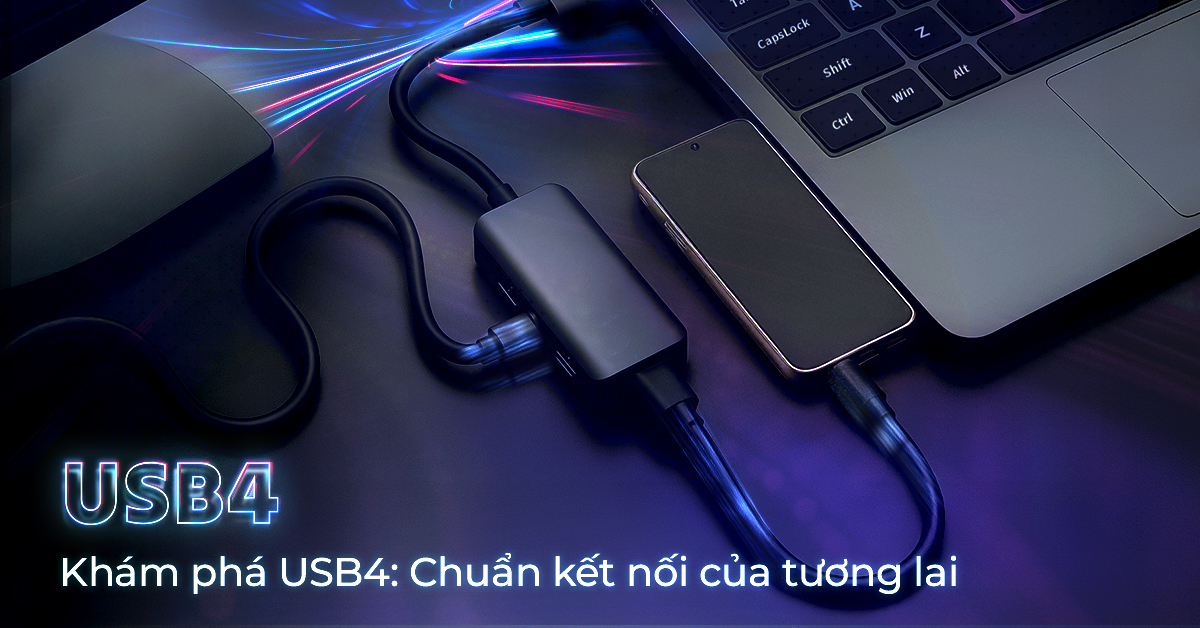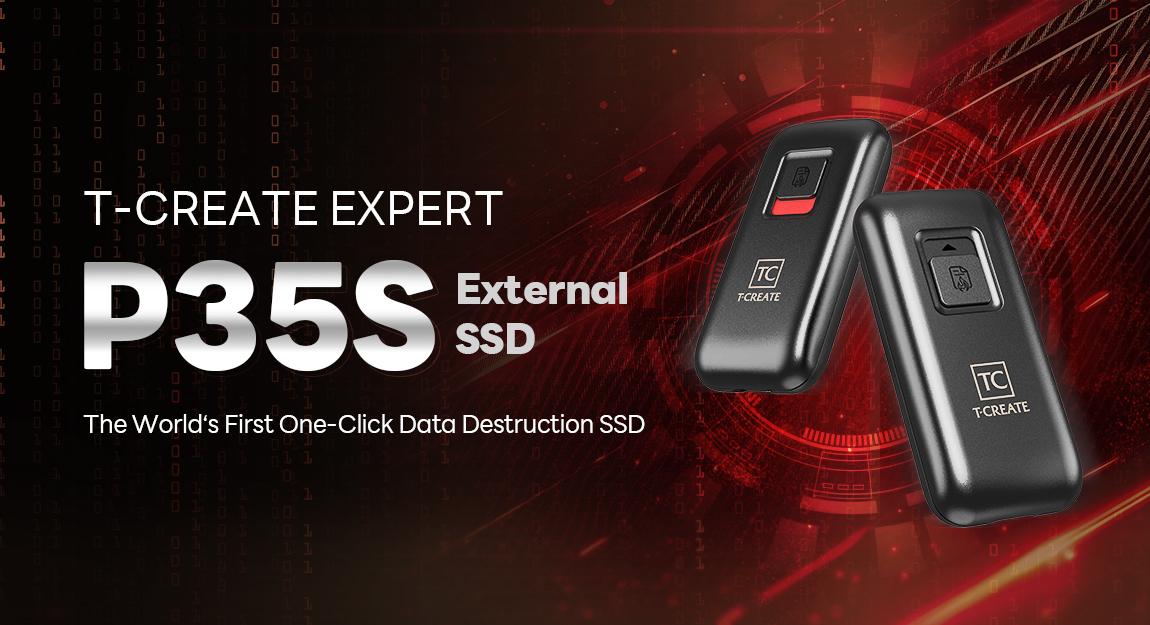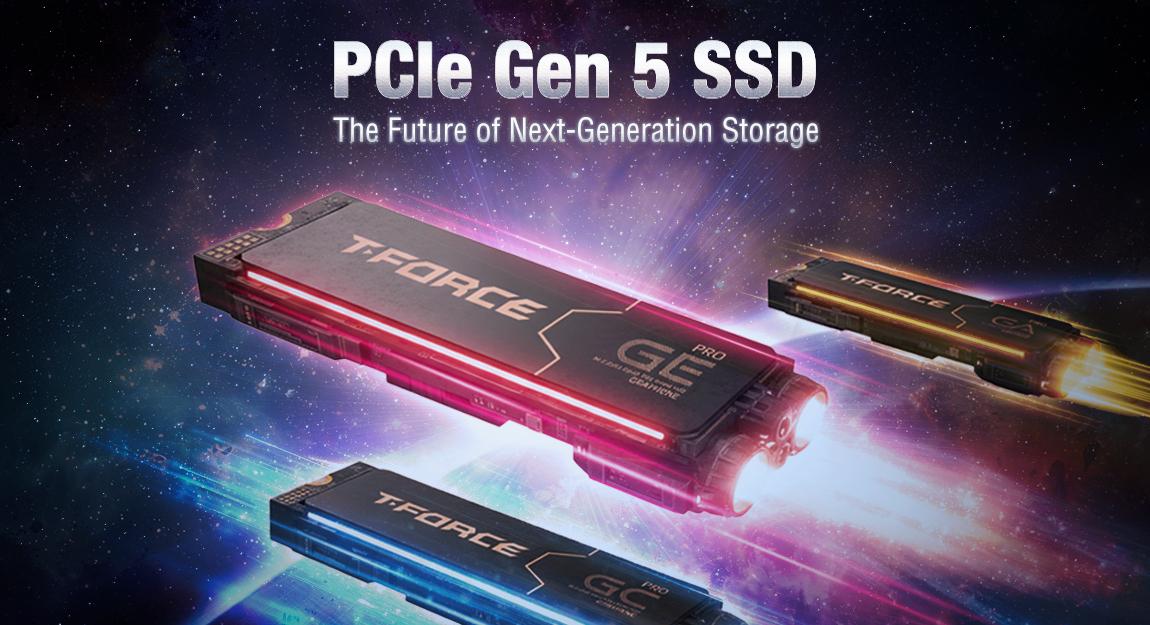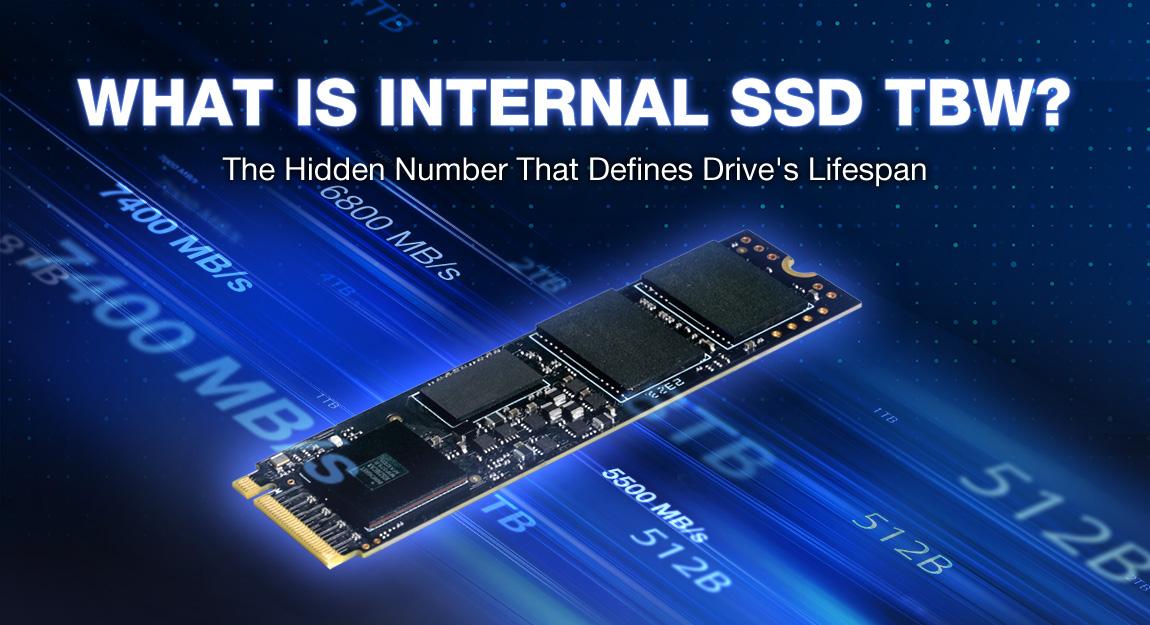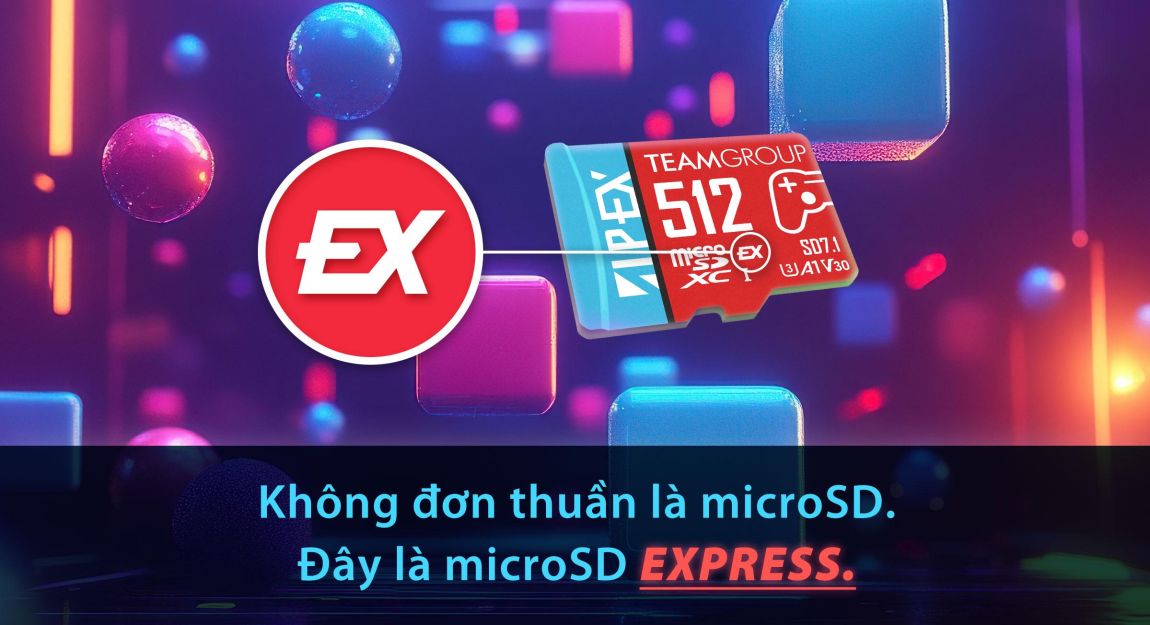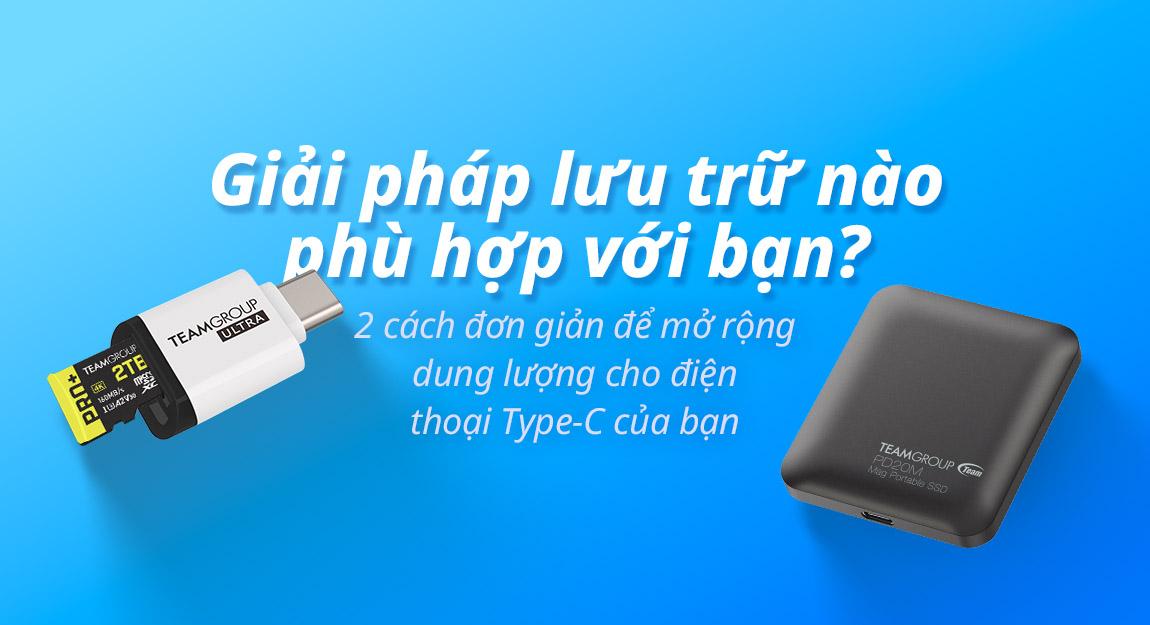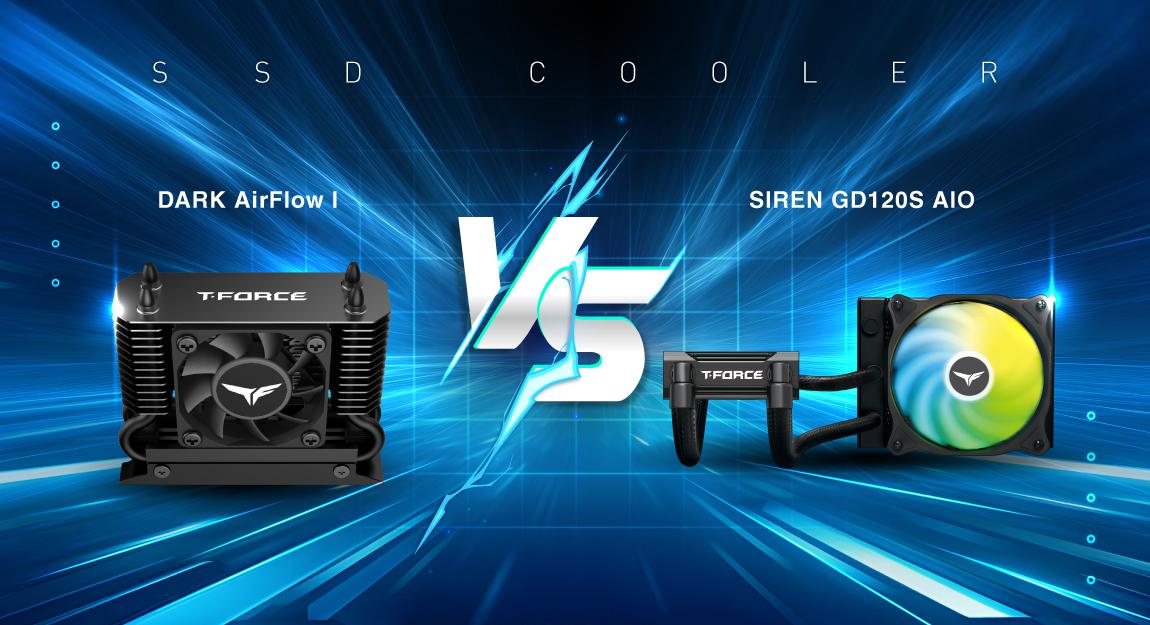USB4 – Chuẩn kết nối tương lai đã chính thức ra mắt!
USB từ lâu đã trở thành một thuật ngữ quen thuộc với người dùng máy tính và thiết bị lưu trữ. Tuy nhiên, vai trò của USB vượt xa khái niệm đơn thuần – nó là giao diện cốt lõi cho việc kết nối và truyền tải dữ liệu.
Từ USB 2.0 đến USB 3.1 và USB 3.2, chúng ta đã chứng kiến quá trình nâng cấp liên tục để đáp ứng nhu cầu ngày càng cao về tốc độ và hiệu suất. Những chuẩn này thường thấy trên các sản phẩm ổ cứng SSD, USB flash drive (UFD) và nhiều thiết bị ngoại vi khác.
Giờ đây, USB4 đã xuất hiện mang theo loạt cải tiến đáng chú ý. Hãy cùng khám phá lý do vì sao USB4 đang được xem là bước đột phá lớn trong ngành công nghệ kết nối.
USB4 có gì mới?
1. Tốc độ gấp đôi
USB4 có tốc độ đọc/ghi lý thuyết lên đến 4000 MB/s, gấp đôi so với thế hệ trước (~2000 MB/s). Đây là một bước nhảy vọt, đặc biệt cần thiết cho các tác vụ đòi hỏi băng thông cao như xử lý video độ phân giải lớn, chơi game, và sao lưu dữ liệu dung lượng lớn.
2. Tích hợp nhiều giao thức – Công nghệ “tunneling”
Điểm nổi bật nhất của USB4 là khả năng tích hợp nhiều tín hiệu trong một sợi cáp duy nhất, bao gồm:
- Truyền dữ liệu: USB 3.2 tunnel
- Truyền hình ảnh: DisplayPort 1.4a tunnel
- Tuỳ chọn mở rộng: PCI Express tunnel
3. Phân bổ băng thông linh hoạt
Khác với USB 3.x trước đây, USB4 có khả năng tự động phân bổ băng thông động tùy theo nhu cầu. Ví dụ: nếu bạn vừa xuất video ra màn hình, vừa truyền dữ liệu vào ổ cứng ngoài, USB4 sẽ ưu tiên băng thông phù hợp cho từng tác vụ để đảm bảo hiệu suất tối ưu.
4. Sạc mạnh hơn – Hỗ trợ PD 3.0 và PD 3.1
USB4 hỗ trợ chuẩn Power Delivery (PD) 3.0, với công suất sạc từ 7.5W đến 100W. Sắp tới, khi kết hợp với cáp đạt chuẩn PD 3.1, mức công suất có thể lên đến 240W – hoàn hảo cho các thiết bị laptop cấu hình cao, máy trạm, hoặc gaming laptop cần nguồn điện lớn.
USB4 – Tương lai của kết nối đa năng
USB4 không chỉ là “USB mới nhanh hơn”. Nó là giải pháp toàn diện, kết hợp tốc độ cao, tính linh hoạt, khả năng sạc mạnh, và hỗ trợ đa thiết bị – tất cả gói gọn trong một sợi cáp.
Bạn không còn cần dùng ba loại cáp khác nhau để vừa truyền dữ liệu, vừa sạc máy, vừa kết nối màn hình. Với USB4, bạn chỉ cần một kết nối duy nhất.
Tổng kết: Có nên nâng cấp lên USB4?
Câu trả lời là hoàn toàn nên, đặc biệt nếu bạn đang sử dụng những thiết bị mới như ổ SSD tốc độ cao, laptop cao cấp, màn hình 4K, hoặc setup chơi game chuyên nghiệp. USB4 là chuẩn giao tiếp thế hệ mới không thể thiếu cho trải nghiệm công nghệ hiện đại.



